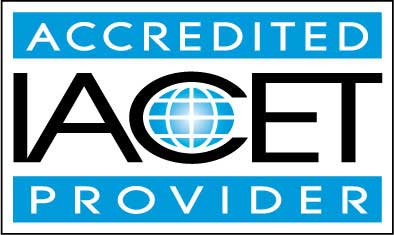Course Description
Discover the Magic Behind Modern Gadgets: A Deep Dive into Electronic Circuitry
In an era dominated by digital technology, the pulsing heart of every device is its intricate electronic circuitry. But have you ever wondered about the magic that happens within these sleek devices? Venture with us into the electrifying realm of electronic circuits and unveil the enigma of these technological marvels!
Our meticulously curated course unravels the very essence of electric and electronic circuit analysis. We initiate this riveting journey with a panoramic view of electrical theory, steering you seamlessly towards the foundations of circuit components - from the vitality of power supplies to the elegance of resistors, capacitors, and inductors.
Going beyond mere theory, the course illuminates the art of actual circuit design. Immerse yourself in the thrilling process of circuit construction, testing, and measurement, equipping you with the prowess to further delve into this enthralling domain. We further spice up your learning experience by unfolding the mesmerizing world of semiconductors and their mighty soldiers - the transistors.
By the culmination of these lessons, you'll be adept at discerning the myriad applications of the principles so passionately discussed. Fear not if you're a neophyte or if mathematical jargon isn't your best friend. Our course is tailored to resonate with enthusiasts from diverse backgrounds, ensuring that even the most complex concepts are distilled into easily digestible nuggets of wisdom.
What's Inside for You?
- A comprehensive grounding that transforms novices into informed enthusiasts.
- Insights that not only enlighten but also empower you to delve deeper into areas like semiconductor devices, multifaceted electronic networks, avant-garde circuit design, and the enthralling universe of hobbyist electronics.
Unshackle your curiosity and embark on this illuminating expedition with us. Whether you're looking to refresh your foundational knowledge or ignite a newfound passion, our course promises to be your guiding light in the captivating world of electronic circuitry. Dive in and experience the wonder behind every beep, buzz, and blink of your gadgets!
- Completely Online
- Self-Paced
- 6 Months to Complete
- 24/7 Availability
- Start Anytime
- PC & Mac Compatible
- Android & iOS Friendly
- Accredited CEUs

Learning Outcomes
- Identify and differentiate between positive and negative electric charges by examining their behaviors in attracting or repelling forces.
- Recognize and describe the basic atomic structure, including protons, neutrons, and electrons, and their roles in electrical properties.
- Calculate the current by determining the number of coulombs passing through a point per second in an electrical circuit.
- Define voltage as the amount of potential energy per coulomb of charge between two points in an electric field.
- Analyze a simple electrical circuit and determine the direction of current flow based on the orientation of the power supply terminals
- Recognize the function and representation of a simple power supply in electrical circuits by identifying its positive and negative terminals
- Apply Ohm's Law to calculate and analyze voltage, current, and resistance in simple resistor circuits.
- Define resistance and explain its effect on current flow in a circuit, using resistors as an example.
- Analyze the total current flow in circuits with two resistors in series.
- Identify the voltage drop across resistors arranged in parallel using Ohm's law.
- Analyze simple circuits containing capacitors by calculating the charge stored based on capacitance and voltage using the formula Q = CV
- Recognize the function of a capacitor by describing its ability to store electrical energy as a function of capacitance and voltage
- Identify and describe the relationship between electric current and magnetism, providing examples of their interaction in wire loops.
- Demonstrate mastery of lesson content at levels of 70% or higher.
Assessment Guide
| Assessment | Points |
|---|---|
| An Introduction | 1 points |
| Lesson 1 Assignment | 20 points |
| Lesson 1 Fundamentals of Electricity | 9 points |
| Lesson 2 Voltage and Current | 9 points |
| Lesson 3 Assignment | 20 points |
| Lesson 3 Power Supplies and Simple Circuits | 10 points |
| Lesson 4 Assignment | 20 points |
| Lesson 4 Resistor Circuits and Ohms Law | 9 points |
| Lesson 5 Assignment | 20 points |
| Lesson 5 Resistor Networks | 10 points |
| Lesson 6 Capacitor Circuits | 10 points |
| Lesson 7 Fundamentals of Magnetism | 10 points |
| Lesson 8 Inductor Circuits | 9 points |
| Lesson 9 Building Electronic Circuits | 10 points |
| Lesson 10 Introduction to Semiconductor Devices | 10 points |
| Lesson 11 Electronics Applied: Transformers | 8 points |
| Lesson 12 Electronics Applied: Basic Communication Circuits | 10 points |
| Final Exam | 110 points |


